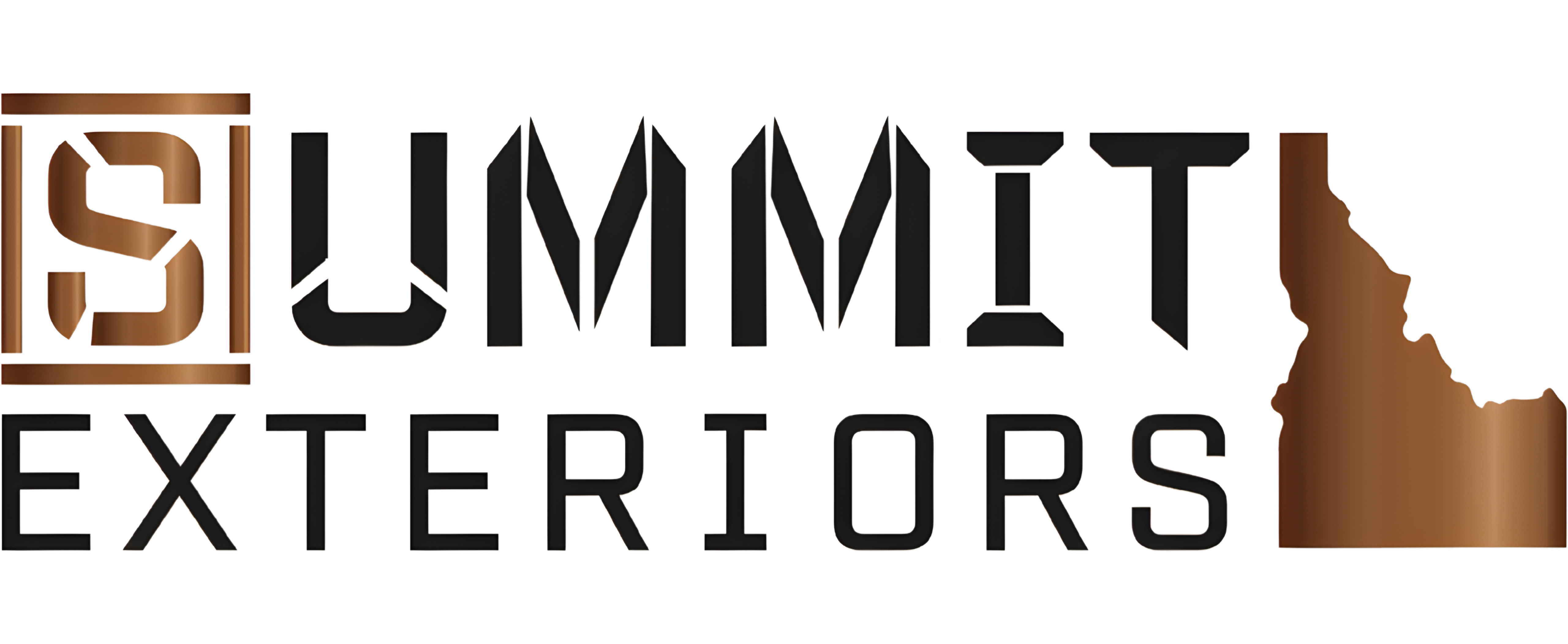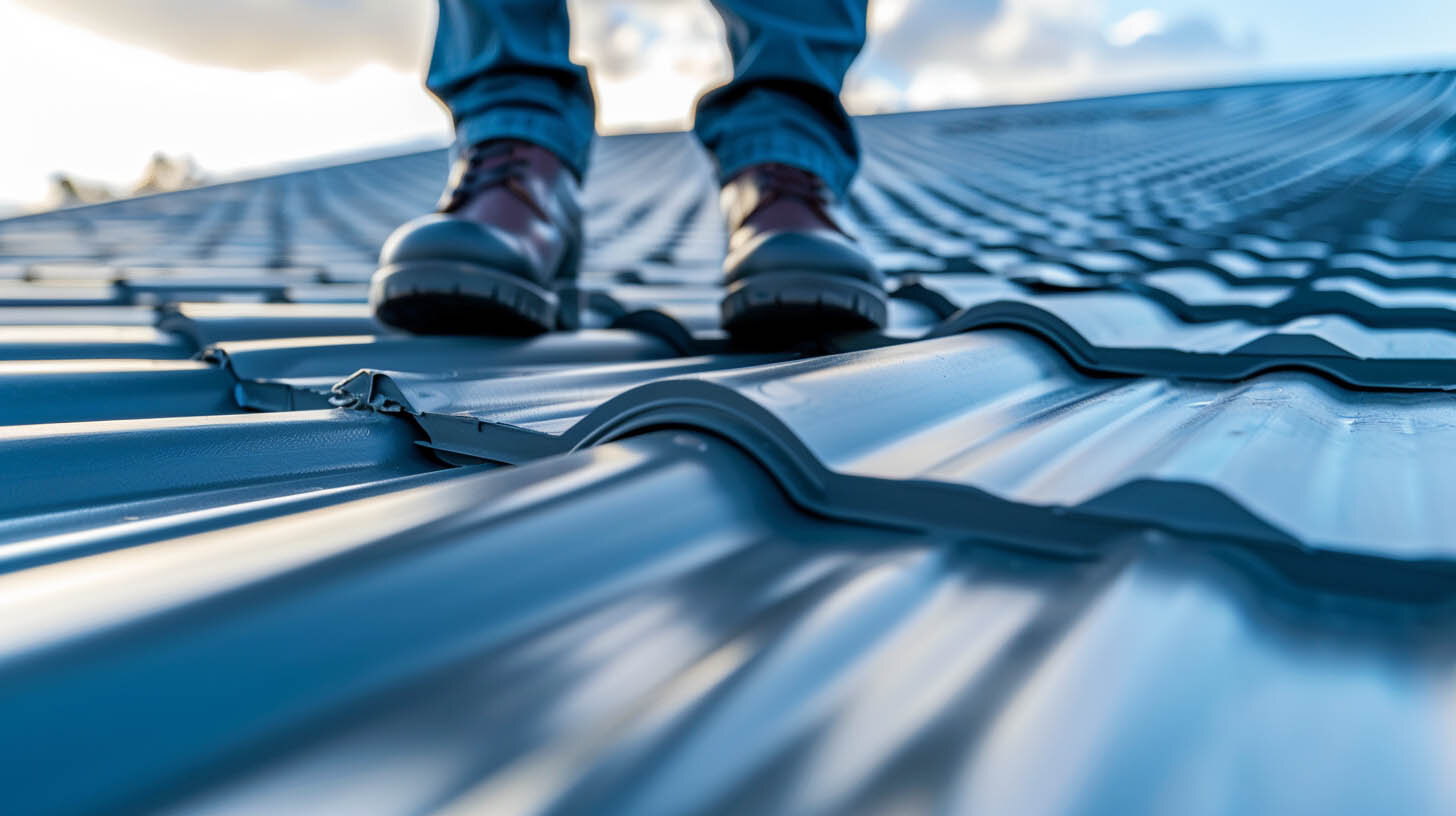Commercial roofing inspections are a critical component of building maintenance, ensuring that roofing systems in warehouses, offices, retail spaces, and other commercial buildings remain in optimal condition. This comprehensive guide will walk you through what to expect during an inspection, the best practices, and the importance of maintaining your commercial roofing efficiently.
Why Commercial Roofing Inspections Are Crucial
Regular inspections of commercial roofs are vital to detect and address potential issues before they escalate into costly repairs. These inspections help extend the lifespan of a roof, prevent unexpected failures, and maintain the building's safety and energy efficiency.
Optimal Scheduling for Roof Inspections
Frequency: Generally, commercial roofs should be inspected at least once annually. However, the frequency can vary based on the roofing material, building location, and environmental conditions. For example, buildings in areas prone to severe weather may require more frequent inspections.Seasonal Timing: The best times for routine inspections are spring and fall. Spring inspections assess winter damage, while fall inspections prepare the roof for potentially damaging winter weather.
Triggered Inspections
After Severe Weather: Roofs should be inspected after significant weather events like heavy snow, hail, or storms, which can cause immediate damage.Visible Damage: If damage is apparent from the ground or interior of the building, such as water stains or leaks, an inspection should be scheduled immediately.
What Happens During a Commercial Roofing Inspection?
A thorough commercial roofing inspection covers various elements to provide a complete assessment of the roof’s condition.
Interior and Exterior Evaluation
Structural Checks: Inspectors begin with the building’s interior, checking for signs of water ingress, structural integrity of the rafters, and any potential mold growth, which could indicate moisture problems.Surface Examination: The inspection continues on the roof, where professionals look for visible signs of wear or damage such as cracks, tears, or blistering in the roofing material.
Detailed Component Inspection
Drainage Systems: Ensuring that gutters, downspouts, and internal drainage systems are clear and functional to prevent water accumulation.Roof Penetrations and Equipment: Examining seals and flashings around vents, HVAC units, and other roof penetrations to ensure they are watertight.
Roofing Material Specific Checks: Different materials require specific considerations, such as checking for rust on metal roofs or evaluating the condition of the membrane on flat roofs.
Advanced Techniques in Roof Inspection
Thermal Imaging: Some inspections include thermal imaging to detect variations in temperature across the roof, which can indicate moisture issues not visible to the naked eye.Drone Surveys: Drones are increasingly used to conduct roof inspections, providing a safe and comprehensive way to assess hard-to-reach areas.
The Importance of Professional Inspections
Choosing a qualified and experienced roofing contractor like Summit Exteriors, based in Coeur d'Alene, ID, ensures a high-quality inspection. Our team brings over a decade of roofing expertise to every project, making us a preferred choice for commercial roofing inspections. As an Owens Corning Preferred Contractor, we adhere to the highest standards, providing detailed assessments that help building owners make informed maintenance decisions.
Cost-Benefit Analysis of Regular Inspections
While there is a cost associated with professional roofing inspections, the long-term savings are substantial. Regular inspections can prevent severe damage, reducing the need for expensive repairs or premature roof replacements. Moreover, maintaining the roof in good condition can improve the building’s energy efficiency, reducing overall energy costs.
Conclusion
Regular and thorough commercial roofing inspections are essential for maintaining the structural integrity and functionality of commercial buildings. By adhering to a scheduled inspection routine and addressing issues promptly, building owners can significantly extend the life of their roofs and ensure the safety of their buildings. At Summit Exteriors, we are committed to providing exceptional service, ensuring that every inspection and maintenance procedure is conducted with utmost care and professionalism. Trust us to protect your commercial investment with expertise and dedication.



